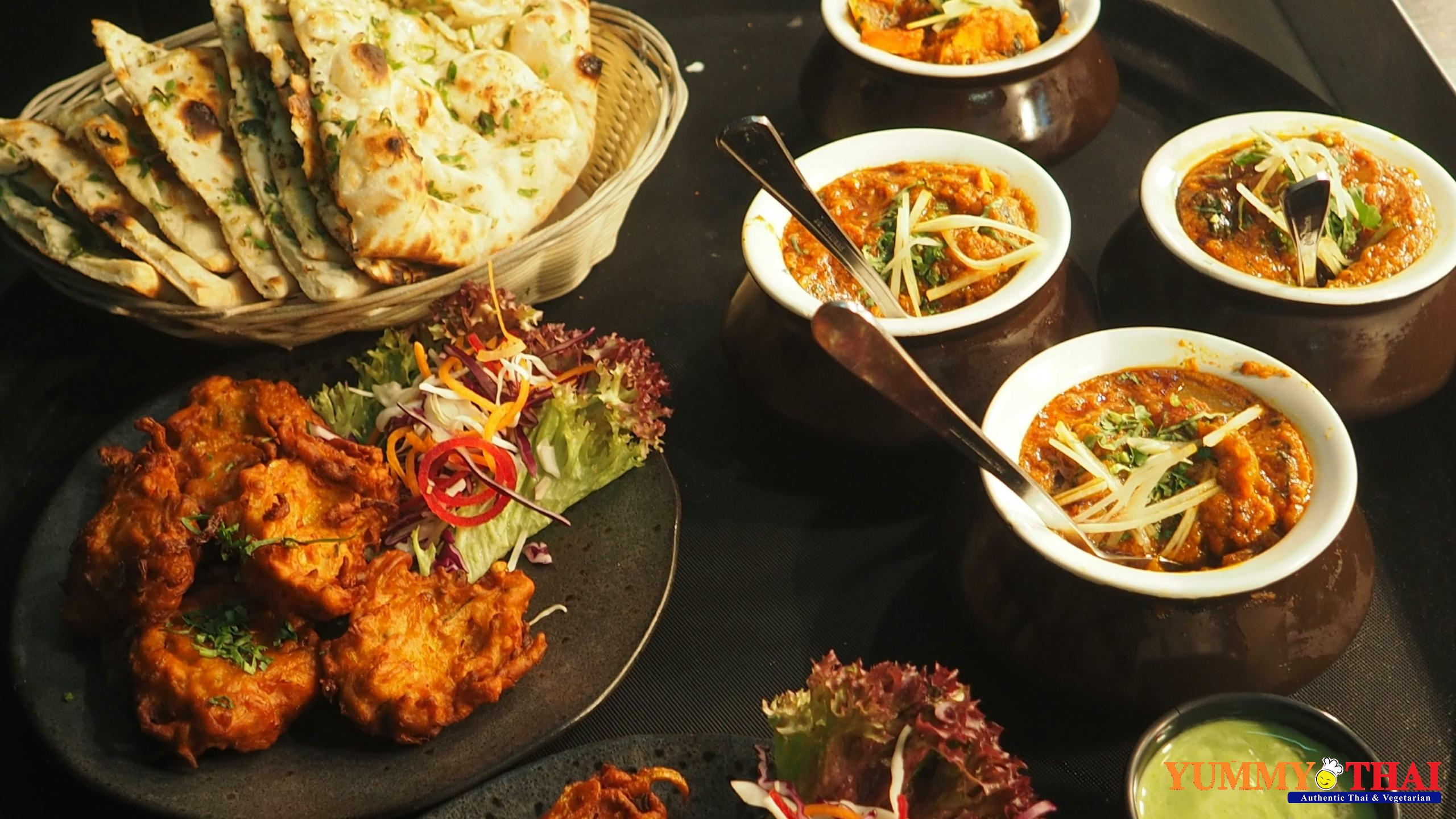The Enchanting World of Thai Cuisine A Journey Through Flavors
Thai food is more than just a culinary tradition; it’s a vibrant tapestry of flavors, textures, and aromas that captivate the senses and invite adventurers and food lovers alike on an unforgettable journey. With its rich history, diverse influences, and a philosophy that balances the five fundamental tastes—sweet, sour, salty, spicy, and bitter—Thai cuisine offers a unique dining experience that resonates with people across the globe.
The Roots of Thai Culinary Heritage
The roots of Thai cuisine can be traced back through centuries of cultural exchanges and historical developments. From early influences of Chinese cooking techniques and Indian spices to the incorporation of Western ingredients during the colonial era, Thai food has evolved into a distinct culinary tradition that reflects the country’s rich heritage and geographical diversity.
Central to Thai cooking is the art of balancing flavors, a skill honed over generations. This balance is not just about combining ingredients in a dish but about the harmony of the entire meal, with each dish complementing the others to create a complete dining experience.
The Quintessential Thai Flavors
At the heart of Thai cuisine are its flavors, a blend of five key taste sensations:
- Sweetness, primarily from palm sugar, contributes a subtle richness that enhances the depth of flavors.
- Sour notes, from lime juice and tamarind, add a refreshing zest that awakens the palate.
- Salty flavors, courtesy of fish sauce and soy sauce, ground the dishes and bring out their complexity.
- Spicy elements, from a variety of chilies, inject a fiery kick that is both invigorating and addictive.
- Bitterness, though less prominent, is skillfully incorporated through certain herbs and greens, providing a sophisticated counterpoint to the other tastes.
This harmonious interplay of flavors makes Thai cuisine uniquely satisfying and endlessly intriguing.
Iconic Thai Dishes
While Thai food encompasses a wide range of dishes, there are a few that have gained international fame, serving as ambassadors of Thai cuisine around the world.
- Pad Thai: Perhaps the most well-known Thai dish, Pad Thai is a stir-fried noodle masterpiece that combines soft rice noodles with a tamarind-based sauce, eggs, tofu, and shrimp or chicken, garnished with peanuts, lime wedges, and fresh herbs.
- Tom Yum Goong: This spicy and sour shrimp soup is a flavor explosion, with its clear broth infused with lemongrass, galangal, kaffir lime leaves, and chilies.
- Green Curry: Made with green chilies and a plethora of fresh herbs, this curry is both vibrant in color and flavor, typically prepared with chicken or fish balls and served alongside steamed rice.
- Som Tum: A spicy green papaya salad that perfectly embodies the Thai flavor balance, with its combination of sweetness from palm sugar, sourness from lime, saltiness from fish sauce, and heat from chilies.
The Art of Thai Street Food
Thai street food is a world unto itself, offering a glimpse into the soul of Thai cuisine. From bustling markets in Bangkok to quiet street corners in Chiang Mai, street food vendors serve up a variety of dishes that are not only delicious but also incredibly affordable. This vibrant street food culture is an essential part of Thailand’s culinary landscape, providing a way for everyone to enjoy high-quality, flavorful food.
Vegetarian and Vegan Thai Food
Contrary to popular belief, Thai cuisine offers a plethora of options for vegetarians and vegans. Many traditional dishes can be easily adapted to exclude meat, relying instead on tofu, seitan, and a bounty of fresh vegetables. Ingredients like mushroom sauce and soy sauce can substitute fish sauce, ensuring that the essence of Thai flavors remains intact.
The Global Appeal of Thai Cuisine
The global popularity of Thai food is a testament to its universal appeal. Today, Thai restaurants can be found in almost every major city around the world, each serving up their versions of classic Thai dishes. This widespread love for Thai cuisine speaks to the human desire for food that not only nourishes the body but also delights the senses and brings people together.
Cooking Thai Food at Home
Bringing the flavors of Thailand into your kitchen is not as daunting as it may seem. With the availability of Thai ingredients in international markets and online stores, anyone can experiment with creating authentic Thai dishes at home. The key is to start with simple recipes and high-quality, fresh ingredients. Cooking Thai food at home allows for customization of flavors to suit individual tastes, making it a rewarding and delicious endeavor.
The Cultural Significance of Thai Food
Thai cuisine is deeply intertwined with the country’s culture and traditions. Meals are often communal affairs, reflecting the Thai values of hospitality and sharing. Festivals and celebrations in Thailand are marked by the preparation of special dishes, each with its own significance and story. This cultural richness adds an extra layer of enjoyment to the Thai dining experience, inviting diners not just
The Enchanting World of Thai Cuisine A Journey Through Flavors
1332 S Plano Rd Suite 670 Richardson, TX 75081


Leave A Comment